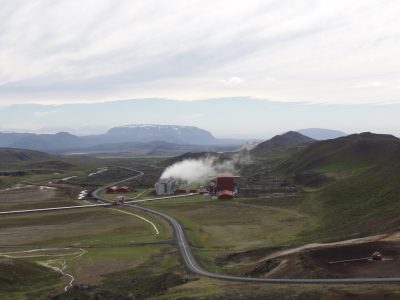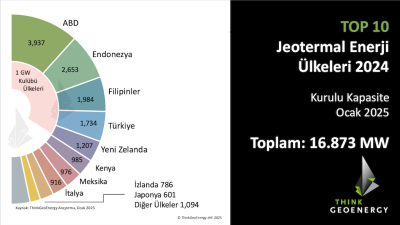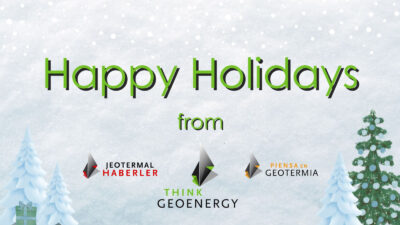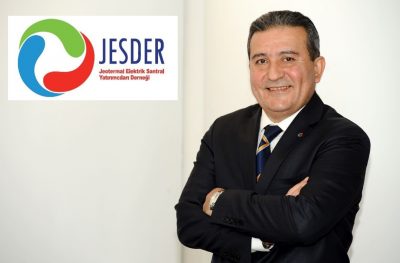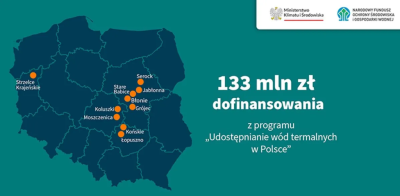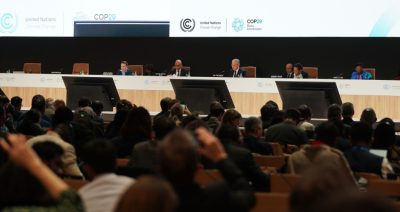How to hold geothermal project community meetings and gain credibility
Community engagement is becoming increasingly crucial to successful project development in the geothermal world, so it is important to take community meetings and engagement serious and plan them thoroughly.
Quite some time ago I found an article in Canada’s national paper The Globe and Mail, that I just stumbled upon again. The article “How to hold a successful town hall – and gain credibility”, described a scenario on “town hall” meetings within companies. The interesting part though was that I believe the article also could apply to community meeting that many geothermal developers face today.
The article describes town hall meetings as an “informal way for public officials to engage communities, discussing civic issues and controversies”, and “how the corporate world embraced the format to engage employees, investors and stakeholders and to also add more accountability”.
If we look at the tools and elements of community outreach today, this includes social media elements, such as Twitter, Facebook, local media etc. It also can include videos as some developers have painfully learned from activist groups posting professional videos targeting particular projects and sometimes the geothermal energy industry in total. But first and foremost it also includes or should include meetings with the public.
So lesson one that the article described is that those meetings demand “the best of speakers” and this related to content and attitude. If one follows this advice then the interaction can be positive, but if not it can be painful for all and hurtful for the project.
What is crucial is that those meetings are not only a one-way road with corporate presentations, but also provide sufficient time to provide the audience room for a “meaningful discourse” and to ask lots of questions, even challenging ones.
Lesson number two is timing. This should not be the classic corporate presentation of 45 minutes with 15 minutes of questions and answers, but providing more than two thirds of the available time for questions, while a meeting total of 90 minutes should be an absolute maximum.
The article descibes that “your listeners don´t care what you know – they care about how your knowledge can help, inform or involve them.”
In a presentation book I once read it was the question of “What is in it for you” that the presenter needs to answer, referring here to the audience. Make sure to tailor the presentation and content around what is and should be interesting for the audience not what you “want to sell”. So use words like “What does this mean for you?” and generally aim to use “you” more than “I” or “we”.
Regarding the size of these meetings that is naturally hard to manage. There is the notion of you wanting to reach as many people as possible, but smaller groups are better for useful and engaged discussion. At the same time you might have the problem that the audience is not representative of general opinion, as probably the meeting will see more of the critical voices to be engaged. So make sure to aim the meeting and invitation to all spectrums in the community. This helps you but also the generally more quiet public. One way is also to split meetings, e.g. have three meetings on different topics or elements of your project to make sure there is enough time to cover those and the questions people might have. Also keep in mind that smaller meetings are more difficult for “louder voices” to hijack your meeting. In smaller meetings more quiet folks will find it easier to speak up.
The other notion is respect. Be respectful of your audience, don´t show impatience or irritation. I know this is difficult particularly with some of the critical groups, but keep the relationship with the entire crowd in mind and spare yourself dismissive remarks or gestures.
In the article it is also referred to ending the meeting on a “high”. If you have good news to share, you should “celebrate the success” and point out the next steps to build on that success. If you have bad news, you need to acknowledge it. Find the elements of promise for your project or topic and the opportunities that you and the audience can believe in and act on.
Over the last year or so, I have listened to several presenters speaking about their experiences with community outreach meetings. All say it is painful from time to time, but an absolute necessity. Only marketing won´t do it. You need to engage the community and make sure to reach and engage the quiet crowd. Only because the opposition is the loudest voice, it doesn´t mean they represent the majority. But take them serious and engage, at least to an acceptable degree.
Oh and one last thing, budget for it – don´t just see it as one small element of marketing cost, but take it serious … it might be more costly if you don´t do it.
Source in parts: Jim Gray, “How to hold a successful town hall – and gain credibility, The Globe and Mail September 16, 2011







